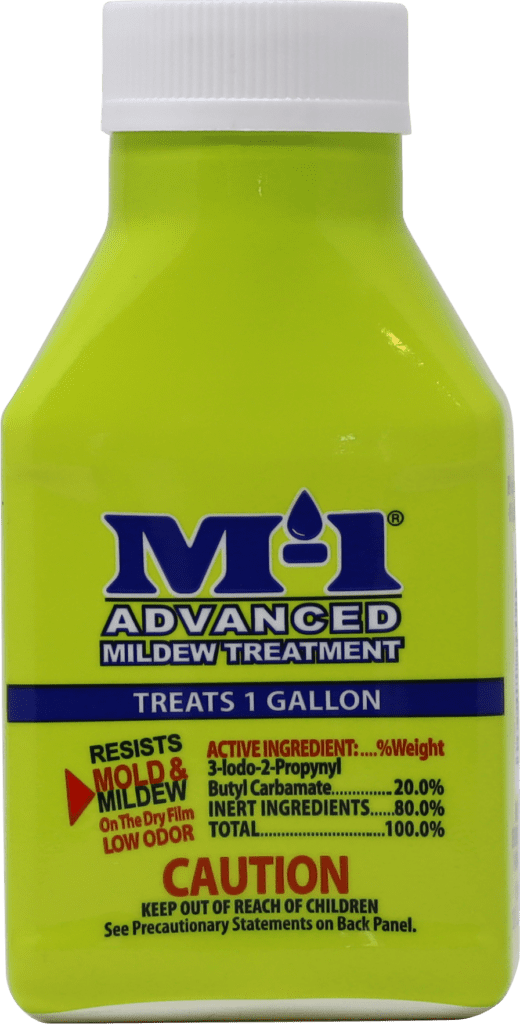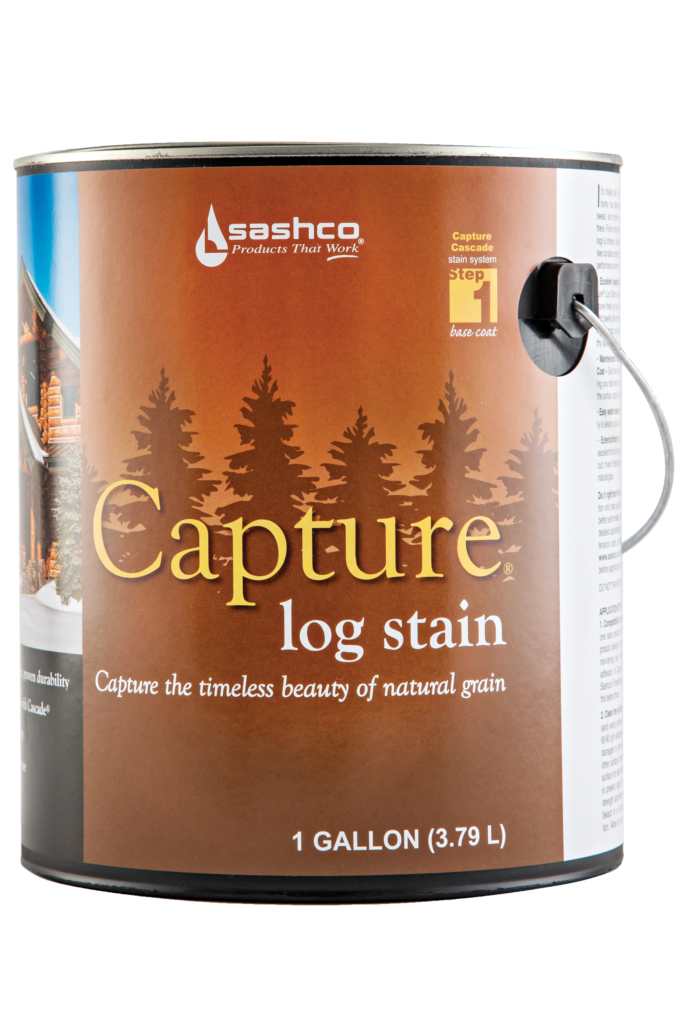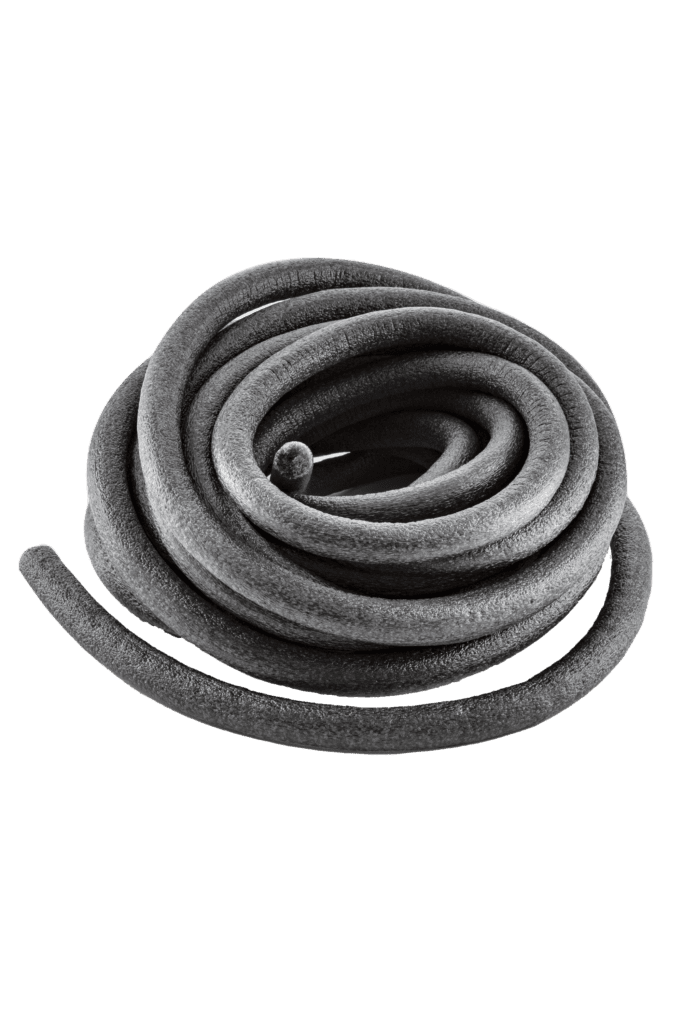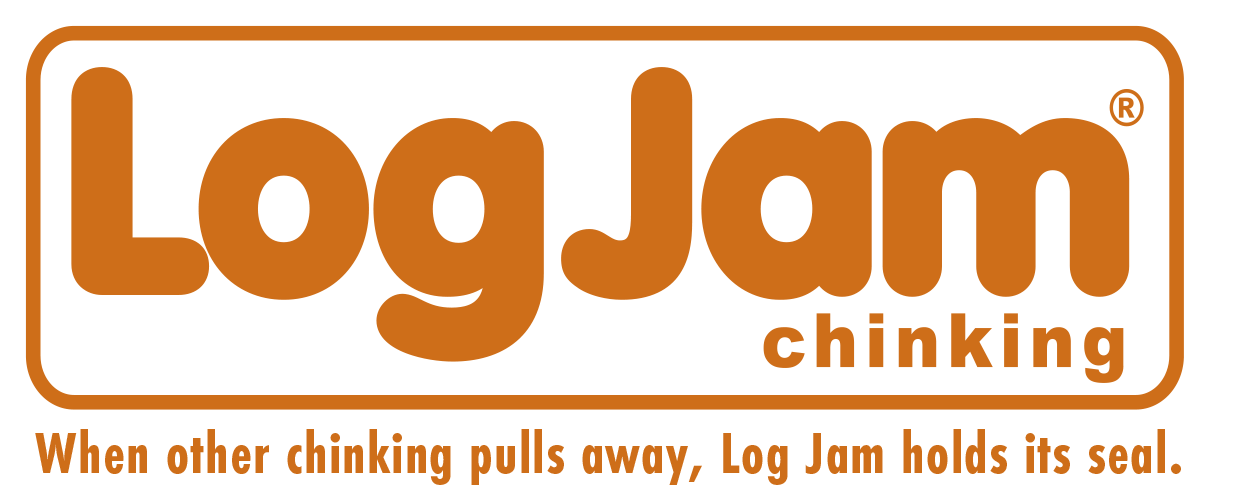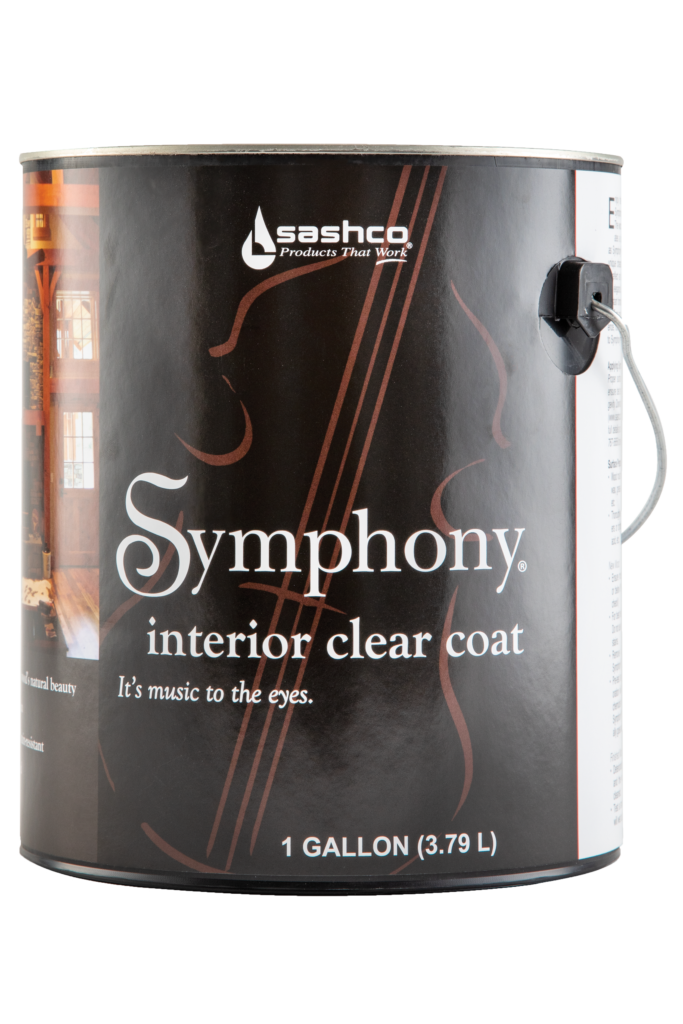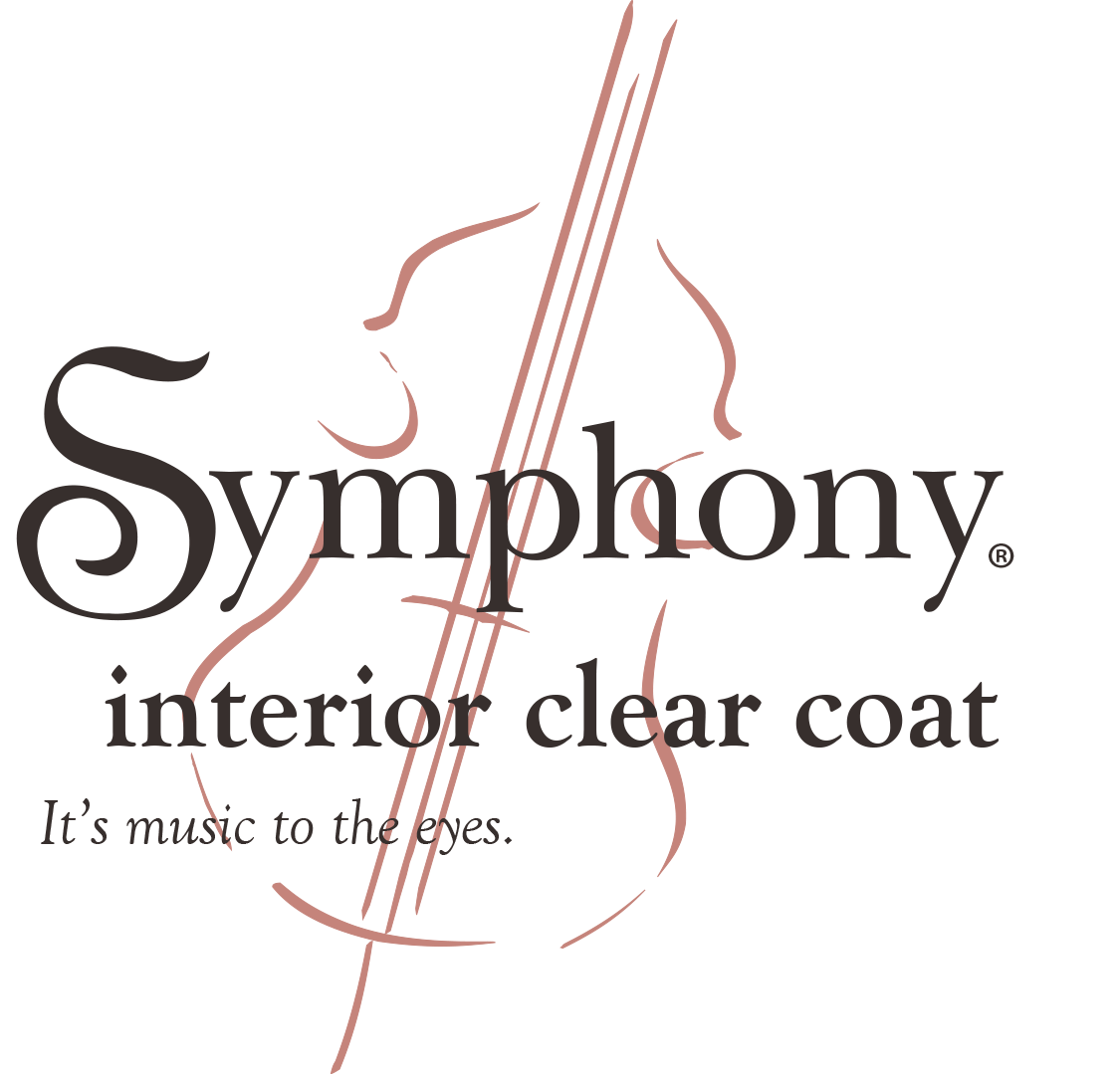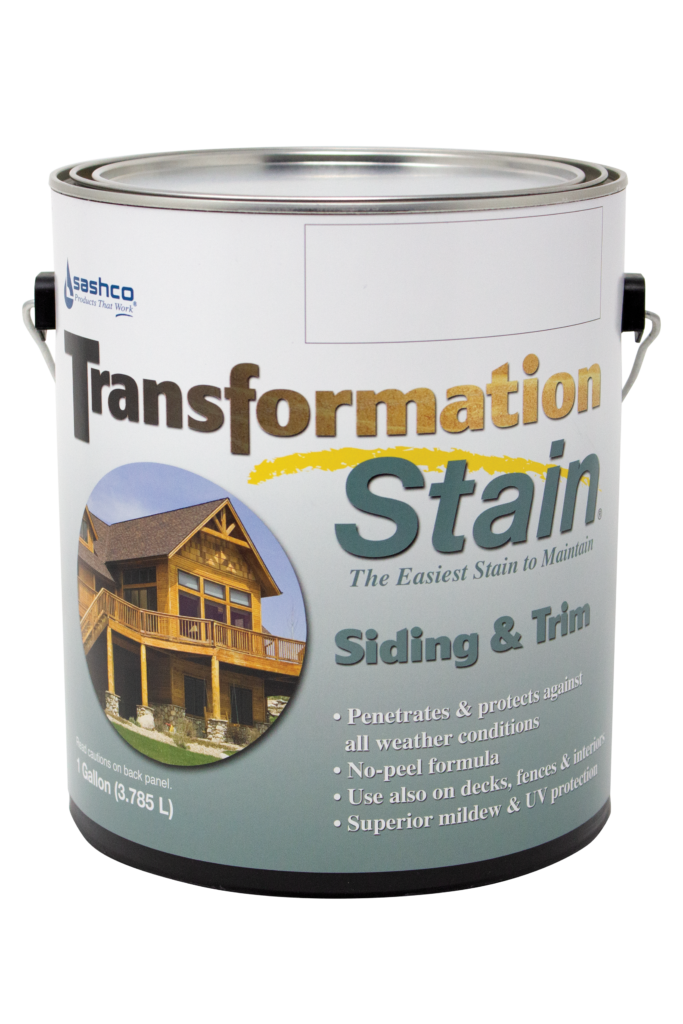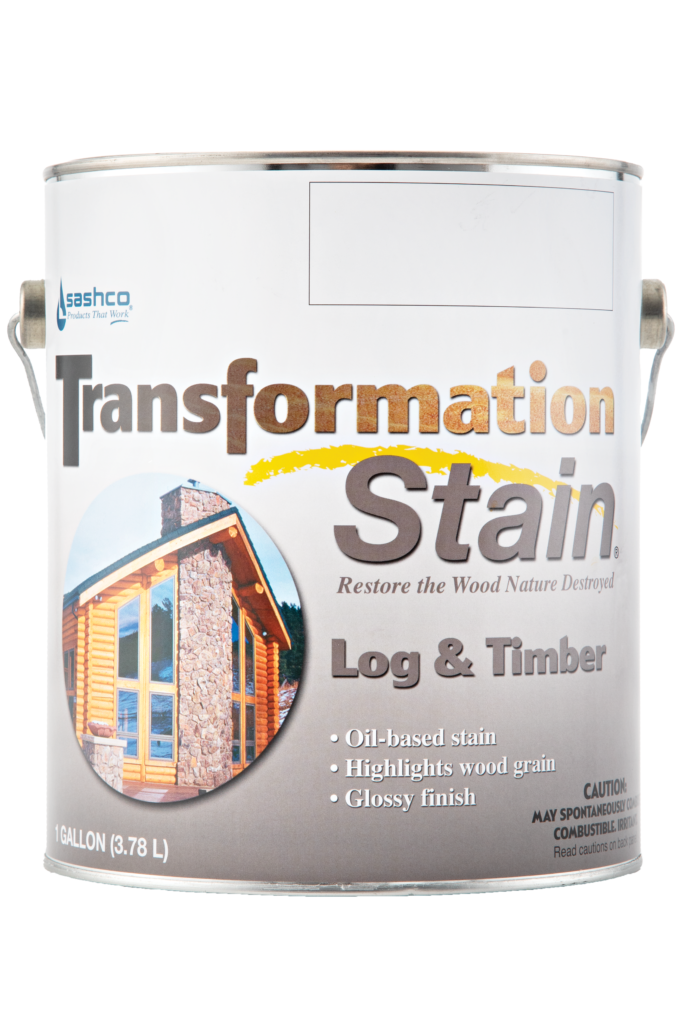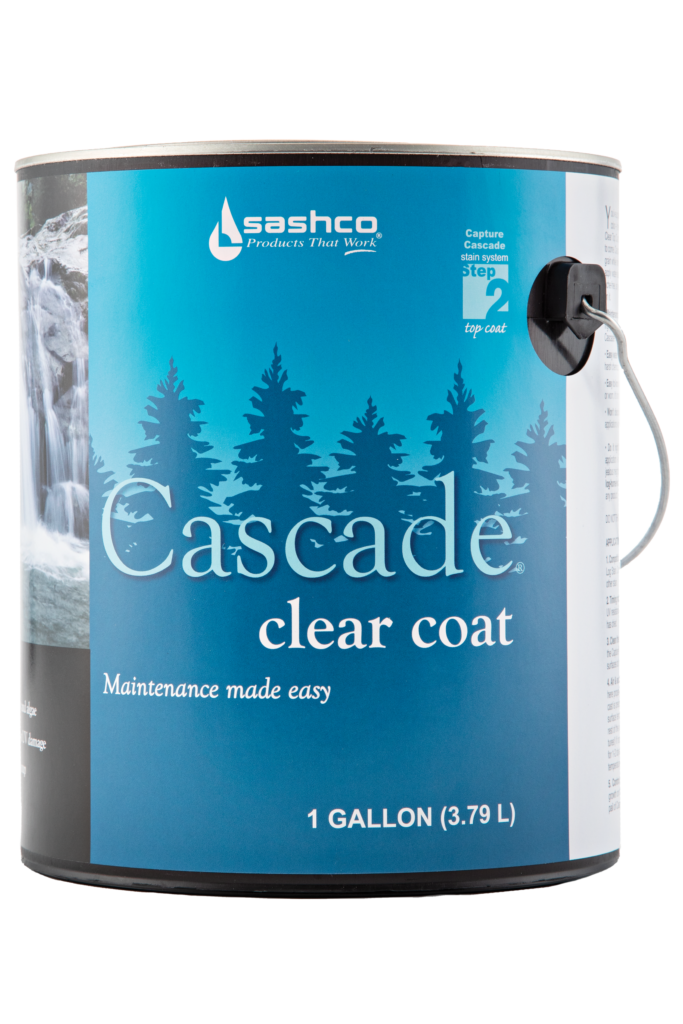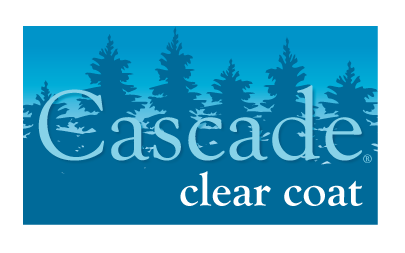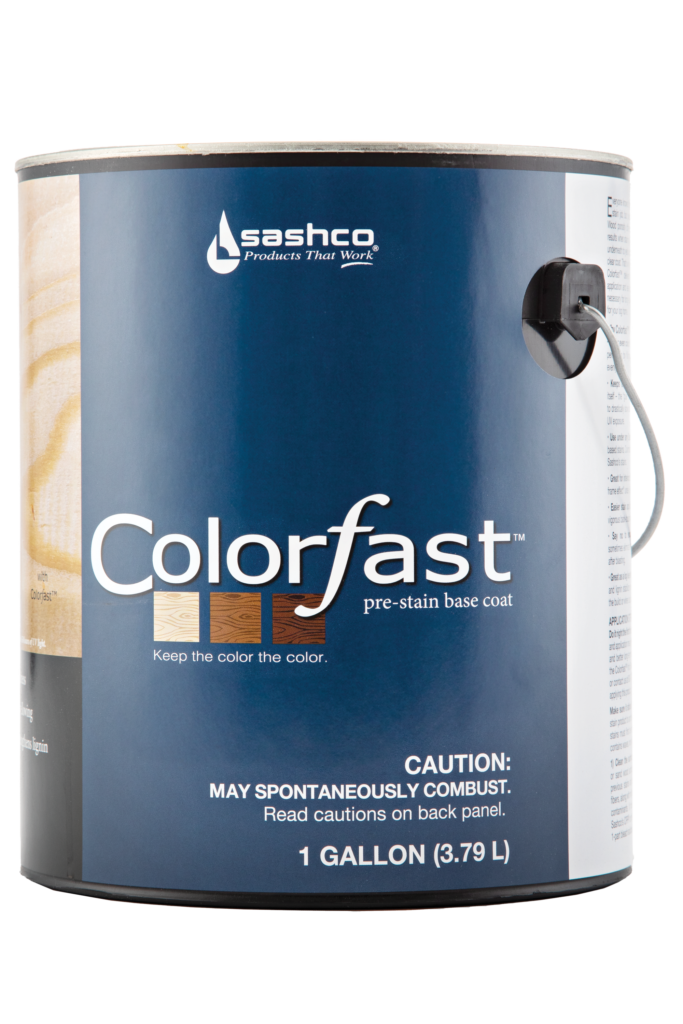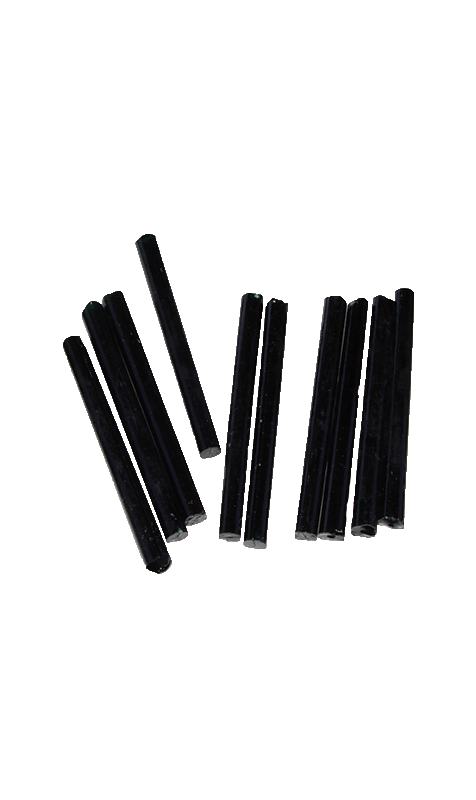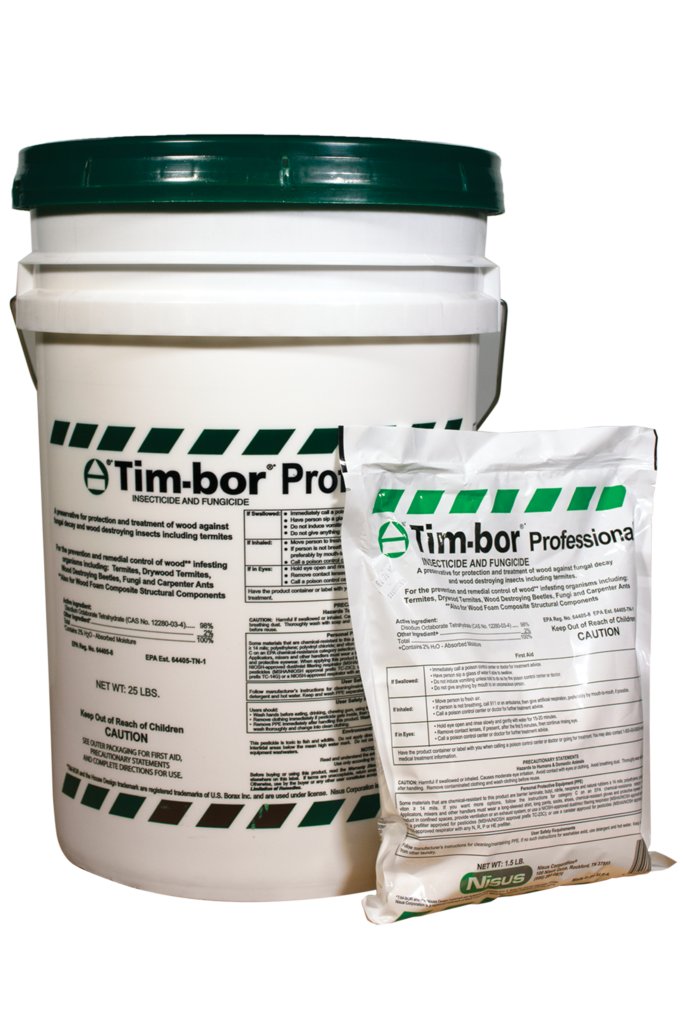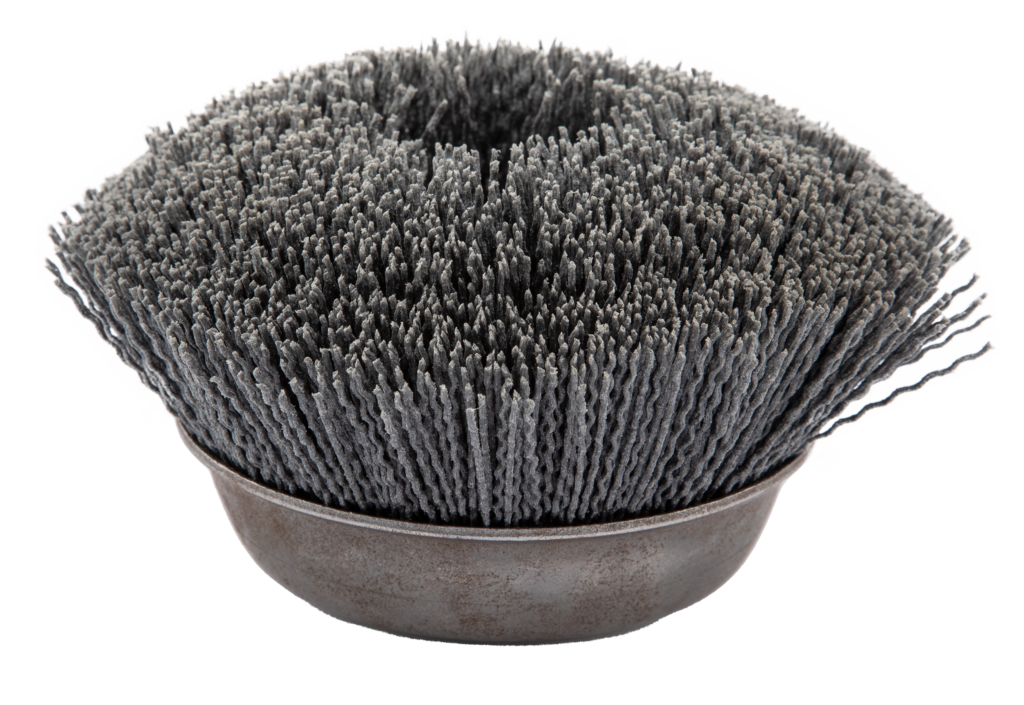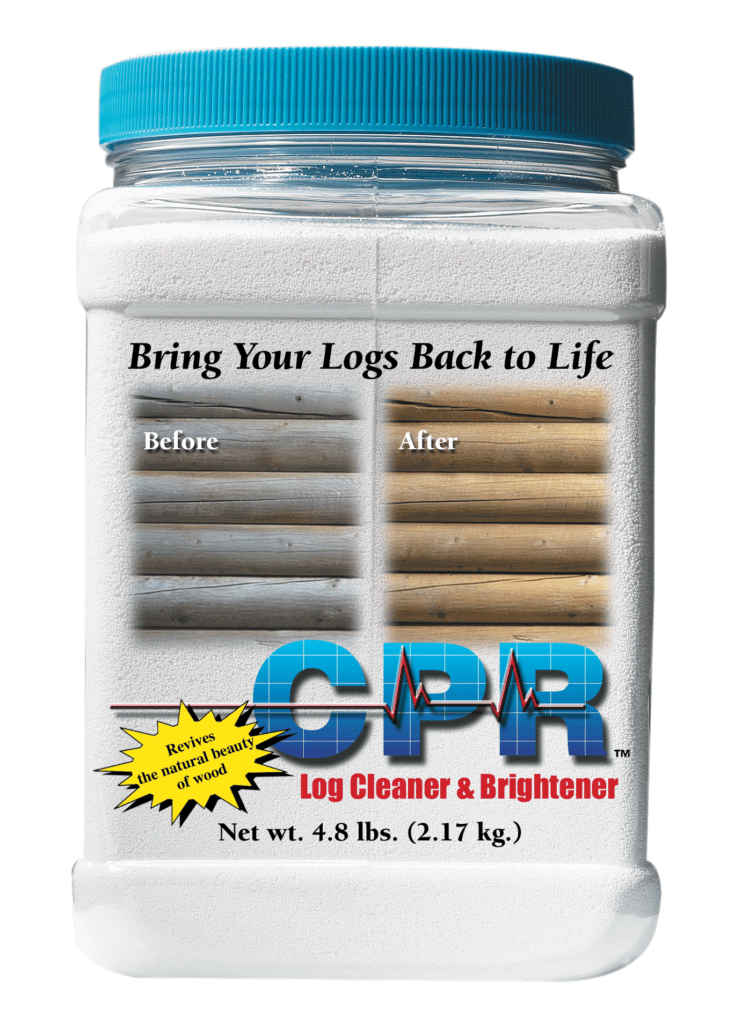How to Use Borates to Stop Termites From Causing Wood Damage.
In this month’s “Here to help!”, we’re breaking down borates to help you deal with unwanted creepy-crawlies and other “rot ‘en” dilemmas.

There are two kinds of wood — wood that is rotten, and wood that one day will be rotten. This statement may seem a bit extreme, but it is a fact. Wood is a product of nature and its nature is to return to the earth in a natural process. But don’t despair, there are time- and field-tested ways to protect the integrity of your log home so you can enjoy it for years to come. The most effective way to do that is with the use of borates.
Borates have been used to preserve wood for years. With increased knowledge and more demand for less toxic products, borates have steadily grown in popularity with homeowners just like you.
So, what are borates and how do they work?
Borates are a naturally occurring mineral that prevent wood from becoming a viable food source for wood-ingesting insects, as well us fungi. Without question, they are effective. Confusion sometimes comes in when deciding between water-carried borate and glycol-based borate products. Here’s a breakdown from someone who knows borates: Dr. Mark Noirot, Ph.D., formerly with U.S. Borax. He took an in-depth look to provide you the 411 on the best bets when it comes to surface application of borates.
“As borates become more widely used for remedial preservative spray treatments of log homes, many studies have tried to prove one borate solution is better than another. While some reported tests may have suggested this, a thorough and comprehensive study by U. S. Borax of two leading borate solutions, Tim-Bor® (a powder concentrate that is mixed with water) and Bora-Care® (a glycol and borate solution), shows there is little or no difference in their depth of penetration into wood and, hence, their effectiveness. We found that both products penetrate and protect wood surfaces equally. Any reported variation in effectiveness shown in prior studies is most likely the result of inaccurate test methods previously used and not actual differences in the products themselves.
The Details
To achieve real accuracy, differences in moisture and condition of the wood must be controlled as much as possible, as well as the application of the borate solution and drying conditions. Test results should be reproducible and should not have very large statistical variations. The only way to get reliable results is to conduct the test an extensive number of times and to control the test elements as much as possible. U. S. Borax’s test has produced the most statistically reproducible and reliable results yet.
When conducting a test with wood, the one most uncontrollable factor is the wood itself. With differences in soil, climate and other conditions greatly affecting the makeup of any tree, even two pieces of wood from the same tree can be dramatically different. Any cracks, knots or other irregularities in the wood will let any solution seep into the wood more easily. Also, the level of moisture in the wood can help influence how deep the solvents and borate can penetrate. Because of these factors, great care must be taken in selecting wood for testing. In our test, we used Southern Yellow Pine and Spruce-Pine-Fir (S-P-F) boards. We hand-selected boards two inches thick and six inches wide with as few irregularities as possible. We cut the boards into 2’ sections, labeled and paired the adjacent sections, then sealed the ends with silicone to avoid edge effects. Each piece’s moisture content was measured three times, and then averaged. The yellow pine boards were 95 percent sapwood or greater and had typically eight to ten growth rings per radial inch.
How to Do it!
Next, one board from each pair was sprayed with a Tim-bor® solution (which is a solution with 10.5 percent content of disodium octaborate tetrahydrate [DOT] ), then sprayed again 24 hours later. The other was sprayed with a diluted Bora-Care® solution (a solution with 20.1 percent DOT). We applied each according to their respective label instructions. After treatment, all boards were stored in plastic containers with controlled humidity and relative temperatures. These conditions, though sometimes forcing the wood to dry more rapidly than normal, provided a constant, uniform condition for testing. By controlling both drying and wood surfaces, we worked to ensure our test was both accurate and readily reproduced.
After six weeks, we trimmed all the boards by 3″ on each end and by 0.7″ on the sides again, to avoid edges effects. Shavings from these boards were then dried and analyzed for their boron content. From these shavings, we concluded that borate molecules from each solution penetrated the wood at equal rates and in equal amounts. The borates in the wood are most likely identical in their makeup. While Bora-Care® starts off with larger borate molecules combined with glycol, these molecules must break down into the same ones used in Tim-bor® before they can penetrate the wood. The glycol added to Bora-Care® probably has little, if any, actual benefit in helping the borates get into the wood. In dry wood, these studies conclusively show that no borate can be expected to penetrate deeper than 1/2″ or slightly deeper into the wood. Any claims that remedial borate treatments can penetrate to the core of a dried log are incorrect.
What’s the Difference?
So, what are the differences between the two preservatives? Bora-Care® uses ethylene glycol and Tim-bor® does not. While ethylene glycol does not improve the product’s effectiveness, it is a regulated volatile organic compound (VOC) that can contaminate water sources if not properly applied and disposed of. It is also expensive, adding significant cost without the additional effectiveness. The tests conducted by U.S. Borax are arguably the most sensitive ones performed to date. The rate at which Tim-bor® and Bora-Care® penetrated the wood samples is the same, yet Tim-bor® contains fewer VOCs and costs considerably less. Tim-bor® is the smarter choice all around.
Tim-bor® and Bora-Care® are registered trademarks of their respective owners.
